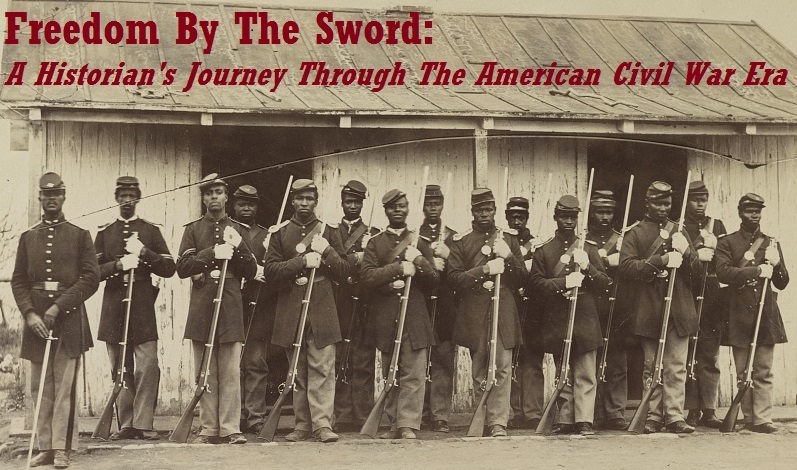Ever since I first started blogging back in February it has been my intention to start profiling some of the forgotten heroes of the USCT in much the same way that Eric Wittenberg profiles forgotten cavalrymen over at his blog.
Working on an exhibit and two books at the same time has prevented me from doing this, but I’ve come to the realization that if I keep putting this off, I’ll be dead before I have an opportunity to profile these forgotten warriors.
Thus, in the first of what I hope to be many installments, meet Thomas R. Hawkins, Sergeant-Major of the 6th USCI and recipient of the Congressional Medal of Honor.
As is the case with many members of the United States Colored Troops, not much is known about Hawkins’ early life. We do know that he was born in Cincinnati, Ohio in 1840 and that by 1863 he had made his way to Philadelphia. On August 3, 1863 he enlisted for three years’ service in the Federal Army as a substitute for a man named Passmore Henry. He was assigned to Company C of the 6th USCI after enlisting.
Hawkins must have impressed the white officers of the 6th because he was promoted to Sergeant-Major of the entire 6th USCT regiment just 19 days after enlisting. Hawkins and the men of the 6th would deploy to Yorktown, VA where they would remain until the spring of 1864. While Hawkins was in Yorktown he befriended a man who could sympathize with his duties and responsibilities – Christian A. Fleetwood, Sergeant-Major of the 4th USCI which was brigaded with the 6th. Both men would be heavily involved in Duncan’s Assault at New Market Heights.
The next battle that Hawkins was involved in was the assault on New Market Heights, September 29, 1864. The 6th USCI, along with the 4th, comprised the first wave that went into action around 5:30 in the morning. As the 6th was subjected to severe musket and artillery fire, the color guards of both regiments took severe casualties and Hawkins was credited with rescuing the banner of the 6th before withdrawing with the rest of Duncan’s Brigade. When the dead, wounded, and missing for the first assault were tallied, it was learned that the 6th had sustained 57% casualties – and once again Sergeant-Major Hawkins was among them, having been wounded in the arm, hip, and foot. Hawkins’ friend Christian Fleetwood later wrote that “his recovery from these fearful wounds was deemed hopeless.” As it turned out, Hawkins did survive – although he was so badly crippled (the regimental surgeon estimated that he was two-thirds disabled) that he was given a disability discharge on May 20, 1865.
Unlike his friend Christian Fleetwood and the eleven other African Americans who were awarded the Medal of Honor on April 6, 1865 for their part in the assault on New Market Heights, Hawkins would have to appeal for his medal.
After the war, Hawkins petitioned Major General Joseph B. Kiddoo about the possibility of being awarded the Medal of Honor. With Kiddoo’s urging, the War Department approved the award. On February 8, 1870 a proud Hawkins was hand-delivered his Medal of Honor. Twenty days later, Hawkins died of consumption at the age of 29, survived by his wife and young son. He is buried in Harmony Memorial Park in Landover, MD.
Writing two days after his death, Christian Fleetwood wrote that “his death leaves a void in the hearts of his associates that will never be filled by another.”







